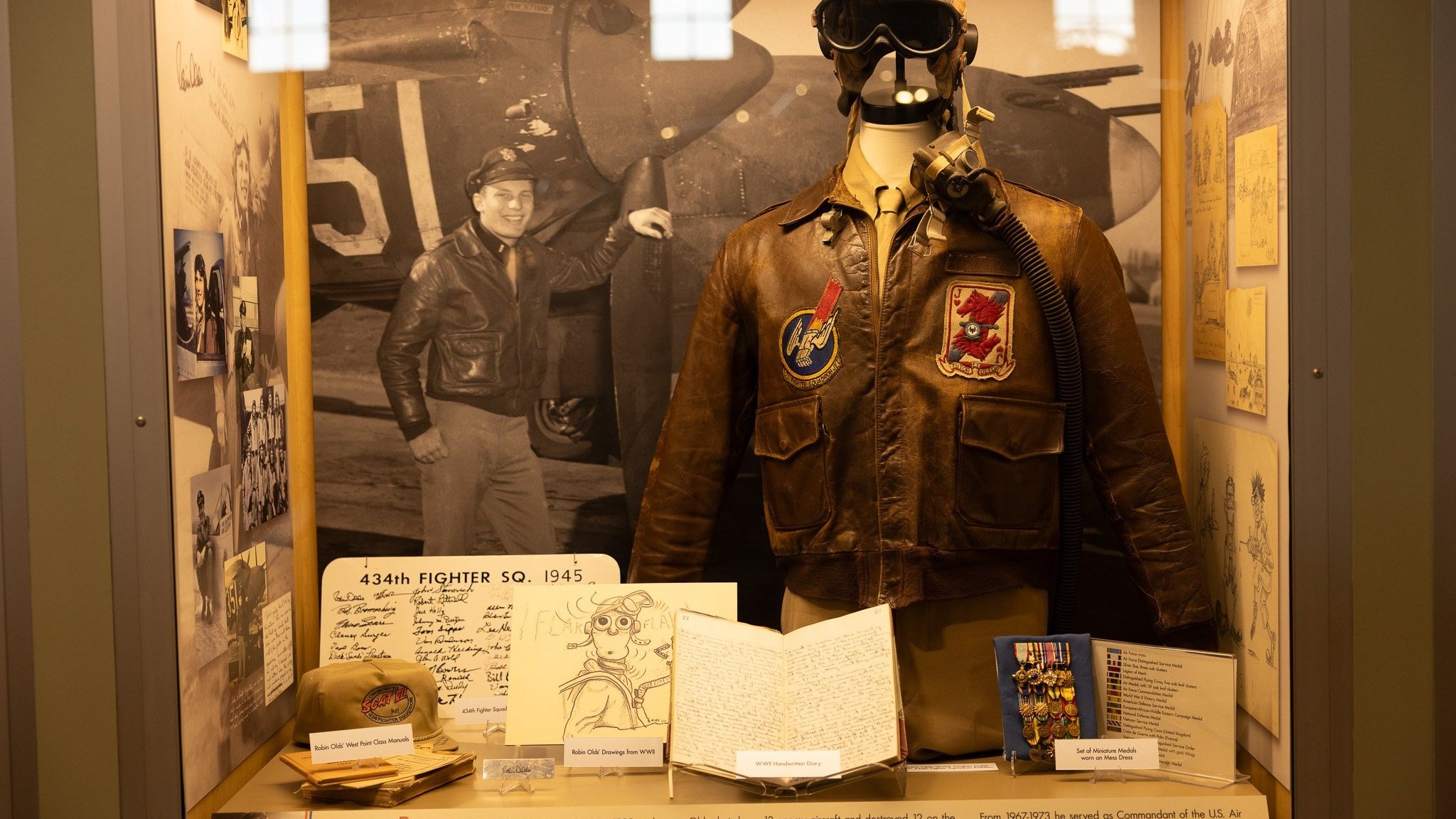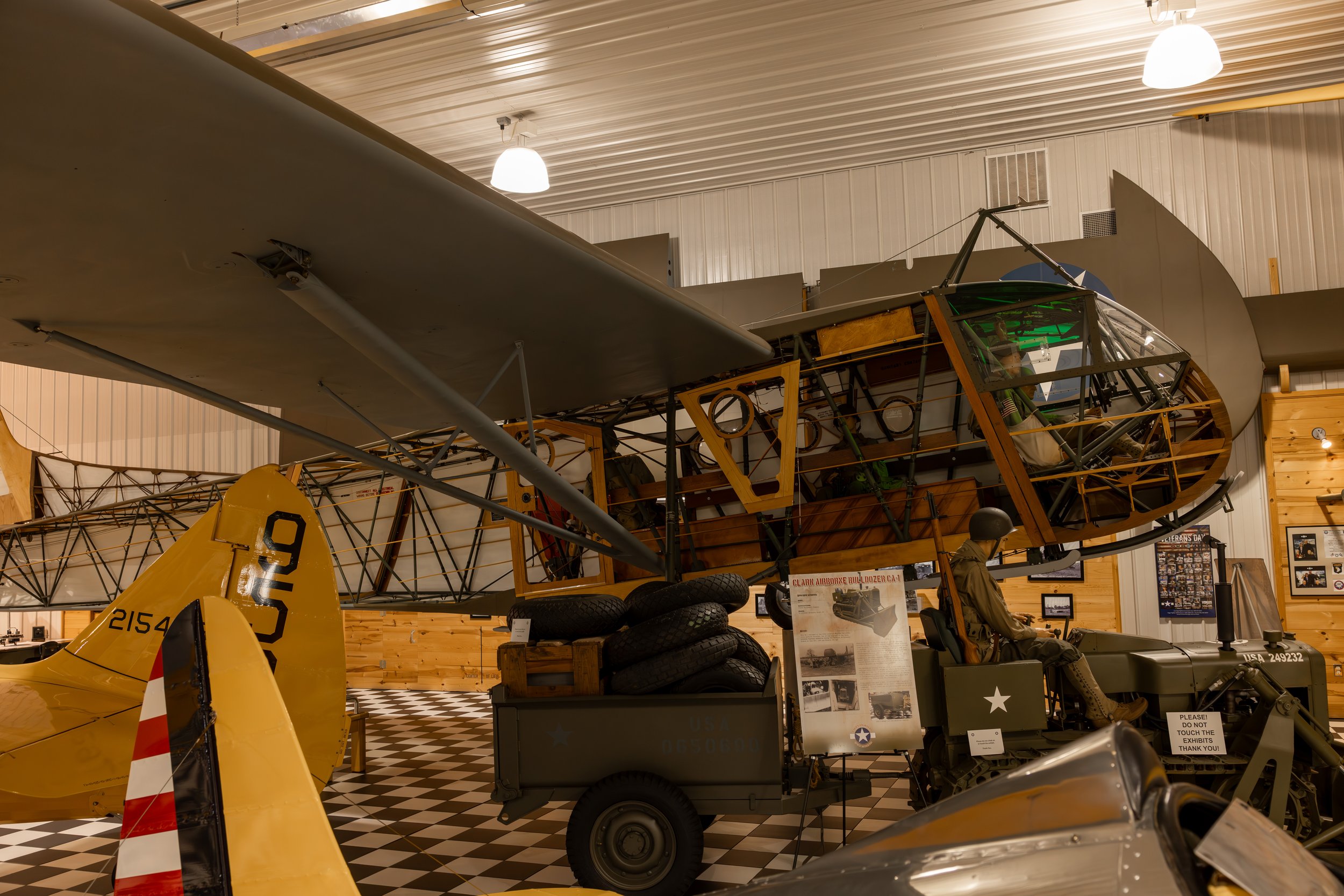
Fagen Fighters WWII Museum
Bomber Hangar
The legitimate German boxcar serves as a poignant symbol that conveys the profound tragedy of the Holocaust. This historical artifact not only represents the immense suffering endured by countless individuals but also serves as a reminder of the dark chapters of humanity's past that we must never forget.
The Holocaust Boxcar Exhibit

Judith Gidali Baron Watercolor Painting Gallery
Judith (Judy) was only 15 years-old when she, her family, and other Jews from her Hungarian city were forced into a railroad cattle car bound for Auschwitz concentration camp. Judy was the only member of her family to survive the horrors of the Holocaust. Upon liberation in April 1945, she was nursed back to health with medical aid provided by the Swedish government. She later came to the United States and settled in Minneapolis where she married and raised a family. Judy created the watercolor paintings based on photographs by Roman Vishniac.
Iconic WWII Aircraft
Home to the B-25J Mitchell, Paper Doll, the L-5 Stinson offers a glimpse into wartime reconnaissance and rescue missions, and the A6M3 Japanese Zero, a symbol of aerial prowess from the Pacific theater.. Additionally, a German ME-109 hangs on display.

Display Cases
The Bomber Hangar features numerous display cases showcasing various roles and prominent events from World War II. Each case offers a unique insight into different aspects of the war, providing visitors with a comprehensive understanding of the history and significance of that era. From the stories of brave pilots to the sacrifices made on the home front, these displays offer a glimpse into the complexities and realities of the Second World War.
WWII Ground Vehicles
The Bomber Hangar at Fagen Fighters WWII Museum houses several original and functioning ground vehicles, adding depth to the historical collection. Among these vehicles are the WC54 Ambulance highlights the crucial role of medical evacuation on the battlefield, showcasing the importance of rapid medical transport. WC-55 Tank Buster, offering a glimpse into the armored support utilized during World War II. Lastly, the CCKWX Troop Carrier, commonly known as the "Deuce and a Half," exemplifies the logistical backbone of moving troops during wartime. These ground vehicles stand as tangible reminders of the diverse machinery that supported air operations during the Second World War.

WWII Radio and
Drone Display
Drones, also known as unmanned aerial vehicles (UAVs), were an emerging technology during WWII, primarily used for target practice and aerial reconnaissance. The most notable example was the "Aerial Target" program by the US Navy, where radio-controlled unmanned aircraft were developed to mimic enemy aircraft for anti-aircraft gunnery training.
Theater and Series
Voices Of Valor
One significant aspect of this mission involves capturing and preserving on video the stories and memories of our remaining WWII veterans. The deeds of the Greatest Generation during the war protected our way of life and ensured the United States' security. Even today, our shores have remained safe, largely due to the overwhelming victory achieved during WWII. The stories showcased here stand as a tribute not only to those recounting them but to all who served during that time, both in the military and on the home front.


